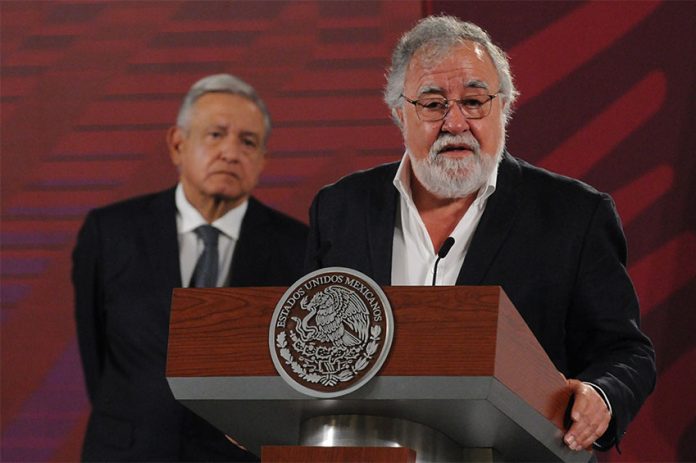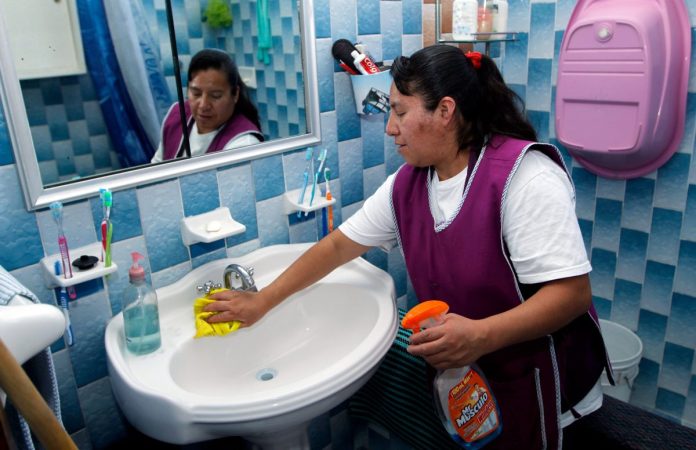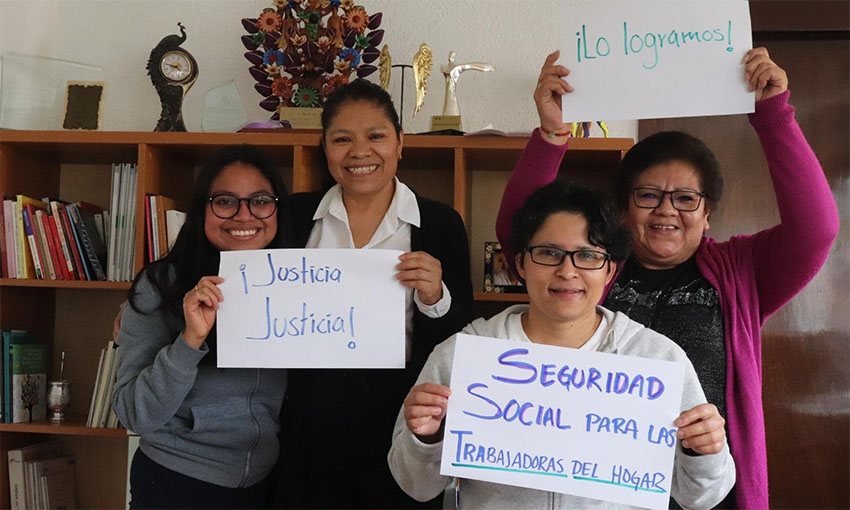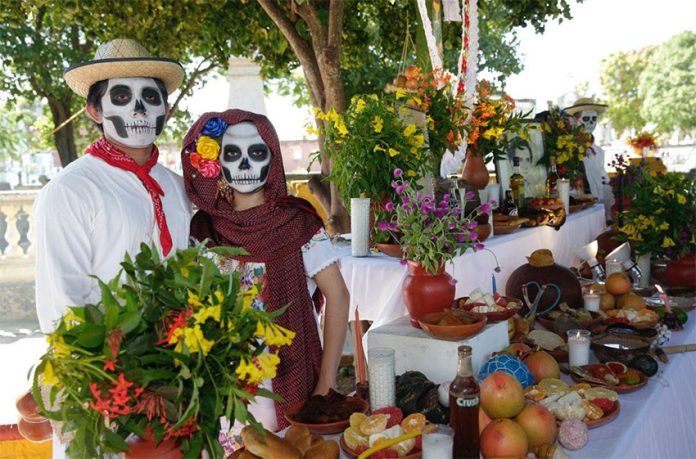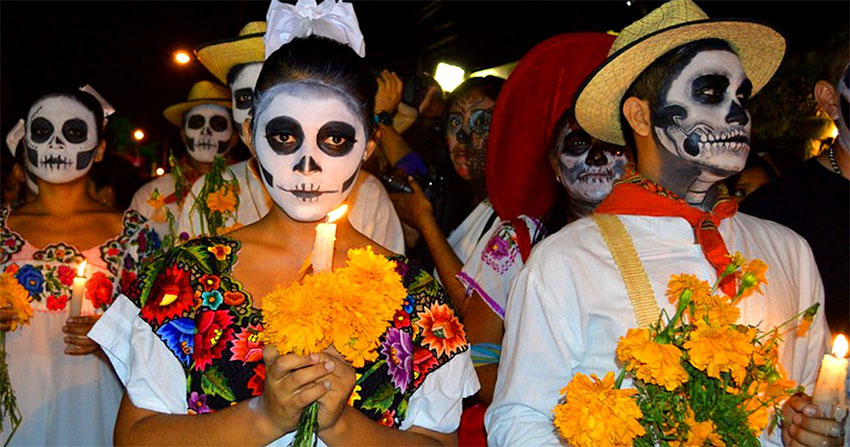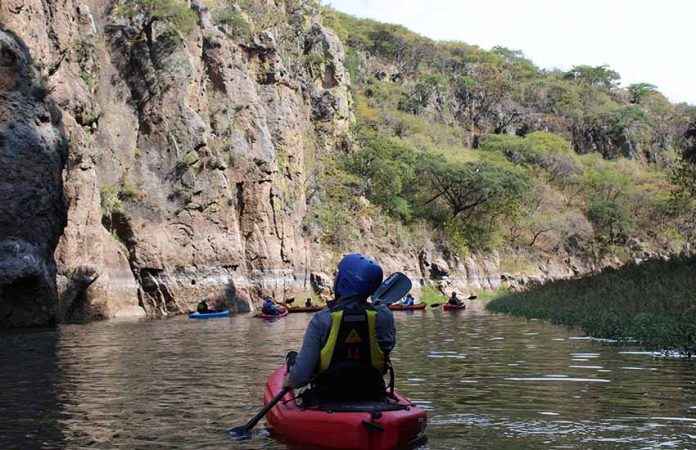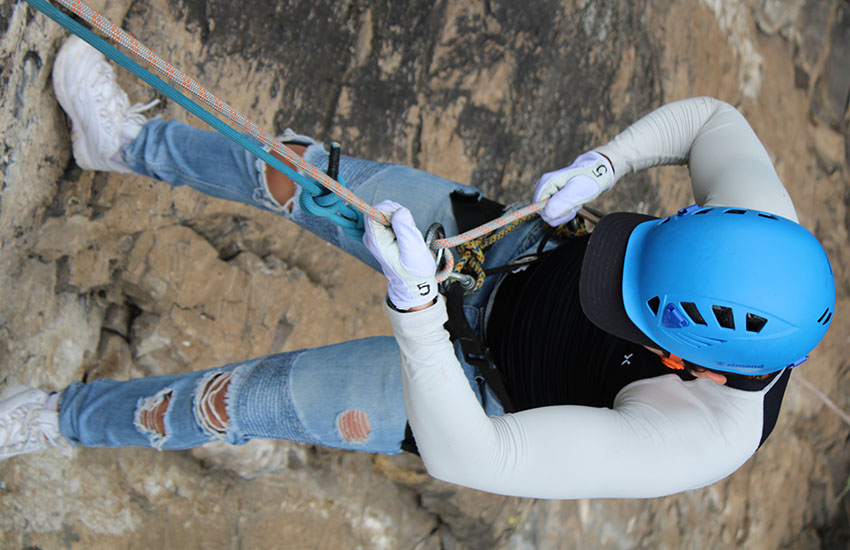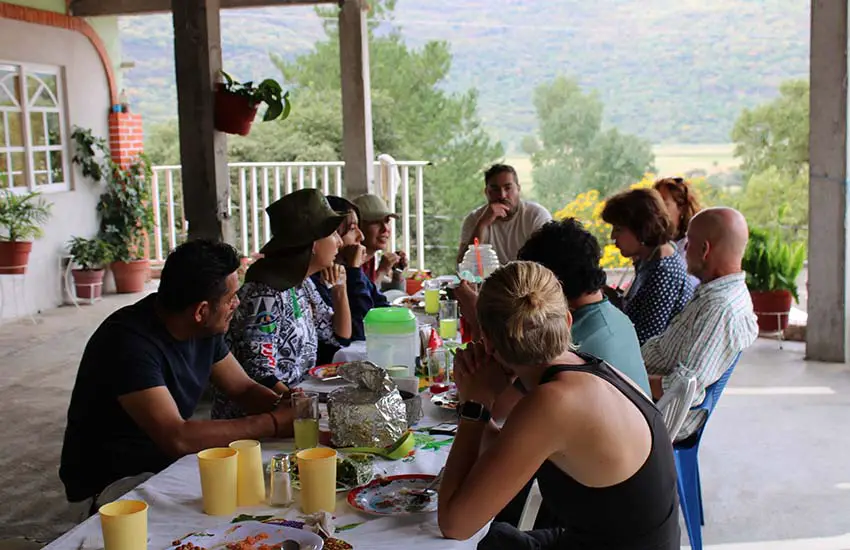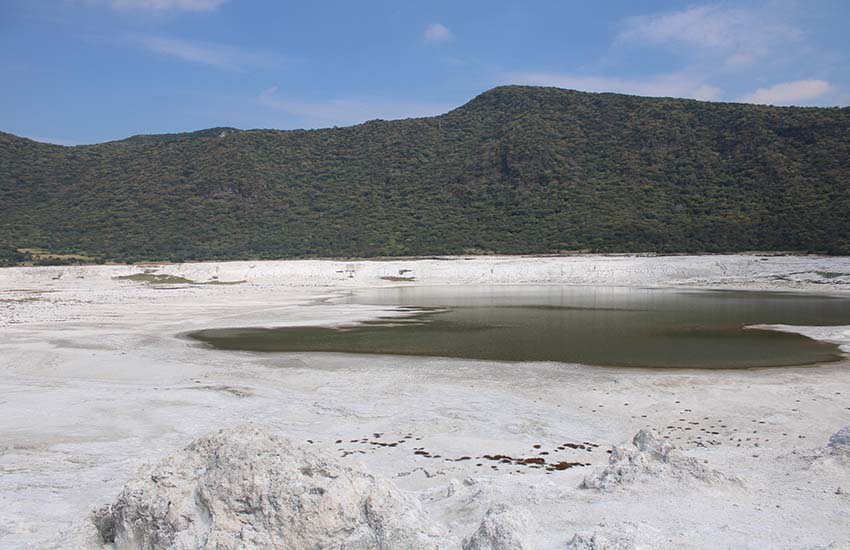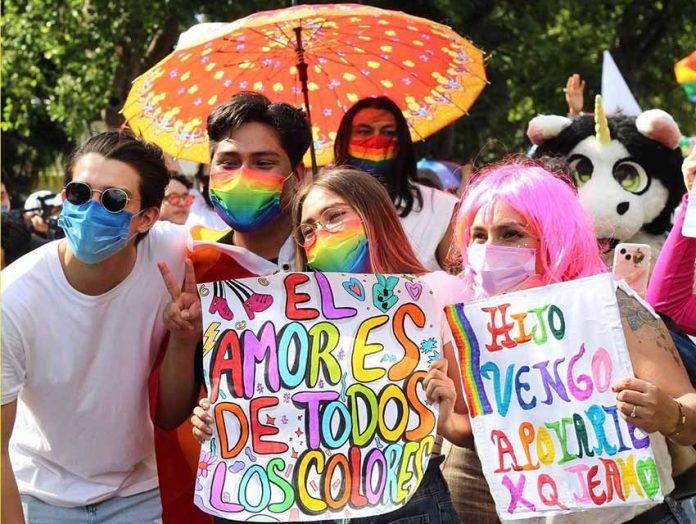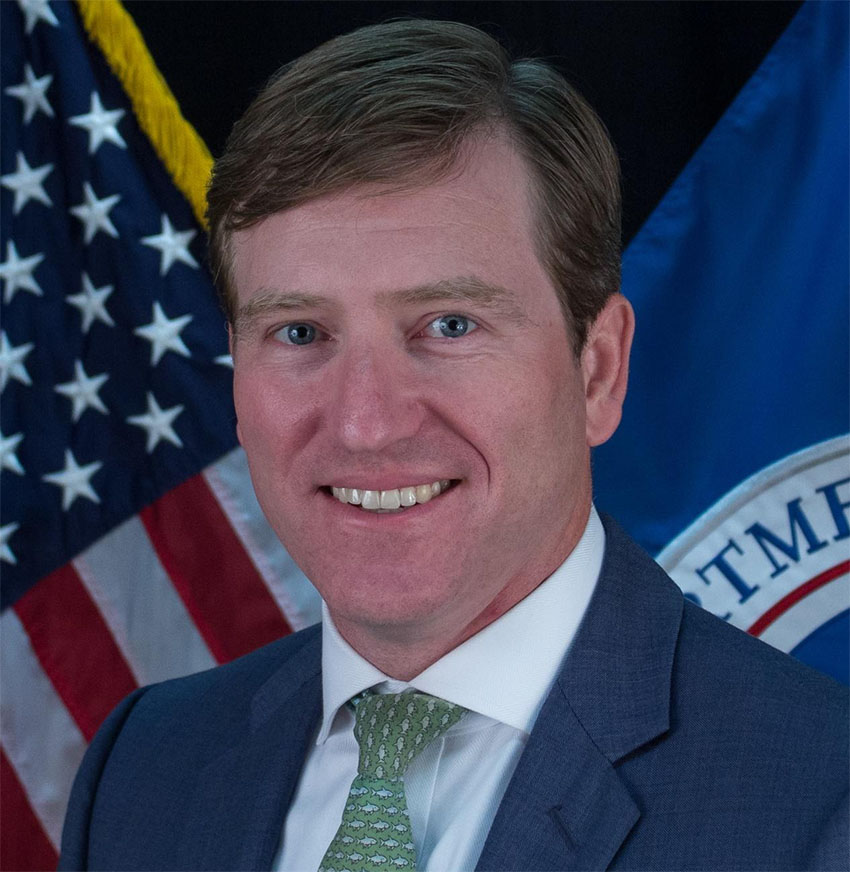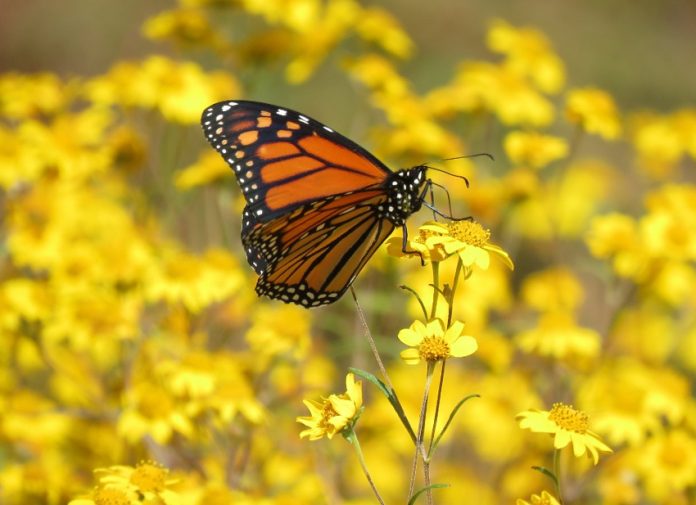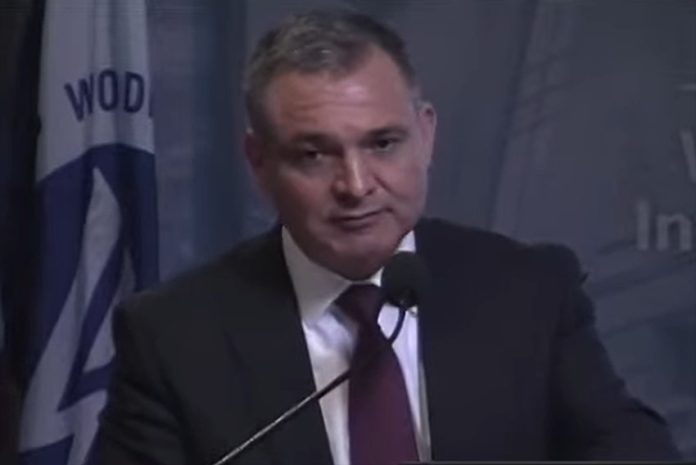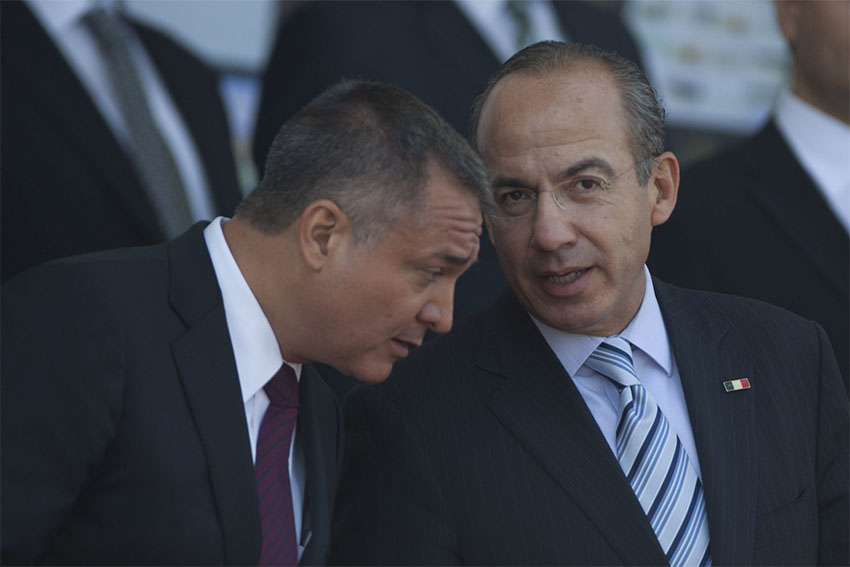President López Obrador on Thursday defended the government’s investigation into the disappearance and presumed murder of 43 students in Iguala, Guerrero, in 2014 after The New York Times published a critical report.
The Times said Wednesday that the case involving the Ayotzinapa Rural Teachers College students has “unraveled” since the government’s truth commission released a report in August saying that the police, army and Guerreros Unidos crime gang were all involved in the crime. Among the allegations was that a retired army general who was a colonel at the time of the students’ disappearance ordered the murder of six of the young men.
In support of its claim that the case has fallen apart, the Times reported that: “Arrest warrants for military suspects were revoked. The lead prosecutor resigned. And now, the backbone of the government’s explosive new report is in question.”
Deputy Interior Minister Alejandro Encinas, the head of the Ayotzinapa truth commission, told the newspaper that “a very important percentage” of new evidence in the report is “invalidated” as it couldn’t be verified as real.
“The extraordinary admission — along with a review of government documents, a previously undisclosed recording and interviews with several people involved in the inquiry — points to how the government’s rush to deliver answers resulted in a series of missteps: a truth commission that relied on unsubstantiated evidence and a criminal investigation that botched the prosecution of key suspects,” the Times said.
Speaking alongside Encinas at his regular news conference, López Obrador said that “the latest [truth] commission report is more solid [than previous accusations] in terms of what happened” to the students. He accused The New York Times of being unethical and having cozy relationships with “vested interest groups.”
“You already know the opinion we have about these [prestigious] media outlets, right? They’re very famous but also unethical and closely linked to both economic and political vested interest groups,” López Obrador said.
“For us, the case of the missing young men from Ayotzinapa is a fundamental issue. We have to find out the truth, clarify what happened, punish those responsible and most importantly find out where the young men are,” he said.

The president said that The New York Times report “questions or attempts to question” the actions of Encinas, “who for us is an exemplary public servant in whom we have complete confidence.”
He said that the Times — which obtained a recording of a conversation in Israel between Encinas and Tomás Zerón, head of the now-defunct Criminal Investigation Agency when the students disappeared — and other unethical newspapers “feed off espionage.”
In the aforesaid recording, Encinas pleads with Zerón — who is accused of abduction, torturing witnesses and tampering with evidence related to the Ayotzinapa case — to provide information about the students’ remains and offers the president’s support in exchange for his cooperation, according to the Times, which said the meeting “yielded no new information.”
“The president doesn’t care about putting anyone in jail,” Encinas told Zerón, the Times reported. López Obrador criticized the newspaper for not revealing how it obtained the recording.
“It would be good, for ethical reasons, for it to disclose its source. It won’t do it because they always argue that they have to protect their sources. It’s very regrettable that this happens,” he said.
“… Perhaps Reforma and El Universal have more journalistic rigor and ethics,” López Obrador said, mentioning two Mexican newspapers of which he is frequently critical.
The president said that the government would continue with its investigation and noted that it is attempting to have Zerón extradited to Mexico from Israel.
“We’re going to continue insisting because he’s the No. 2 culprit [in the former government], according to the [truth commission] report. The first culprit … is the [former] attorney general [Jesús] Murillo Karam and Zerón is in second place,” López Obrador said.
Former attorney general Murillo Karam, left, and investigator Tomás Zerón, who is currently seeking asylum in Israel. Archive
Murillo Karam — considered the key architect of the previous government’s so-called “historical truth” with regard to what happened to the students — was arrested on charges of forced disappearance, torture and obstruction of justice in relation to the Ayotzinapa case in August.
“We’re going to resist all the attacks and we’re going to make progress [in the case],” López Obrador said. “Imagine, The New York Times is involved in this, helping torturers, supporting and protecting those who tolerated crimes of the state,” he said, insinuating that the newspaper’s report portrayed Zerón in a positive light.
“What kind of journalism is that? Where is the justice? Are they worried about the young men? Are they worried about the parents who suffer from not having their sons? No, it’s journalism of power, it’s not journalism of justice, that’s why [I have] no respect [for the newspaper],” López Obrador said.
Mexico News Daily
